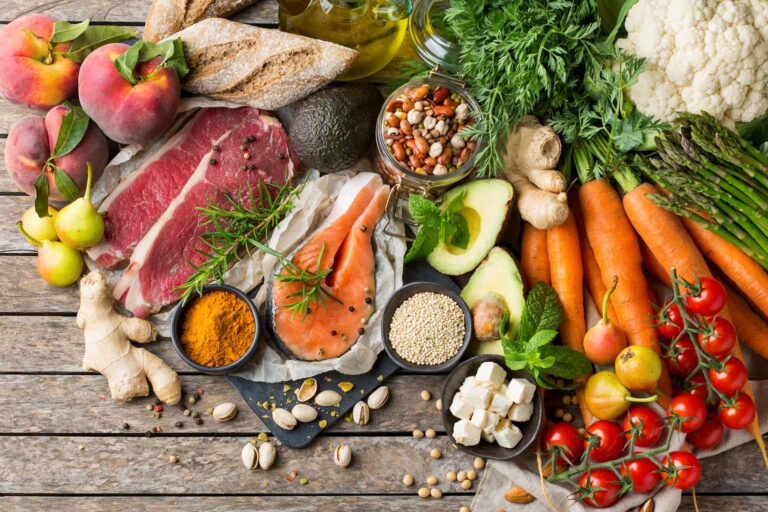
Iron-rich foods: let’s find out about them to know how they can be useful for our body
Iron is a precious nutrient for our body because it plays an important […]
Fruit contains essential nutrients for our body and is a valuable ally for our health. In addition to be a source of sugar, water and vitamins, fruit is also important for providing the body with essential minerals, such as iron. In this in-depth article, we will find out which iron-containing fruit can be useful in overcoming deficiencies or in case of increased needs for this nutrient.
From the synthesis of haemoglobin to the normal energy metabolism, from the support of the immune system to the maintenance of normal cognitive function, iron enables the correct performance of certain essential physiological functions of our body. A varied and balanced diet enables us to rebalance the amount of iron that our body loses through sweating, stools or, in case of women, through menstruation or breastfeeding.
Fruit and especially nuts, is included amongst the plant-based foods that can help the body to maintain correct iron levels. The iron contained in fruit is non-haem iron, i.e., it is not bound to porphyrins as isn the case of haem iron present in meat or other animal-based food. Non-haem iron has a lower bioavailability than haem iron, but in the case of fruit, the lower bioavailability is compensated by the presence of vitamin C, a nutrient that promotes the absorption of inorganic or non-haem iron in the intestine.
Often (and not only when on a vegetarian or vegan diet), you wonder what kind of fruit can be useful for regular iron intake. In general, dried or dehydrated fruit contains more iron than fresh fruit.
Our body can get a good amount of iron from:
From the previous list, it should be noted that pineapples, kiwis, cherries and strawberries are foods that provide a good amount of vitamin C. The latter can promote the absorption of inorganic iron contained in fruit or other plant-based foods consumed through diet. Even oranges, although containing modest amounts of iron, are essential in the diet of those with iron deficiency because they are rich in vitamin C.
Iron is an essential nutrient as it performs many important functions within our body. Amongst the various functions, iron contributes to the formation of haemoglobin, myoglobin and important enzymes that regulate certain metabolic processes; it supports the normal function of the immune system and supports bone growth and the normal function of the cognitive system, especially during childhood and adolescence.
The deficiency caused by a low iron diet is rare in industrialised countries. Iron deficiency caused by disorders in absorption or by physiological conditions that determine a loss or an increased need for iron (menstrual cycle, pregnancy, breastfeeding) are more common. A feeling of fatigue and general tiredness is amongst the first symptoms of an iron deficiency.
A varied and balanced diet, rich in meat, vegetables and iron-containing fruit, may be combined with a specific product. For example, a food supplement from the SiderAL® range can be useful in recovering an iron deficiency or in the event of an increased need for this nutrient.
With specific formulations for children and adults, the supplements in the SiderAL® range all contain Sucrosomial® Iron, a specific form of iron patented by Pharmanutra. Sucrosomial® Iron, compared with traditional iron, is more easily absorbed by the intestine, thus minimising the most common side effects related to iron intake (heartburn, unpleasant taste in the mouth, staining of the teeth and oral mucosa).
The technology that guarantees the best absorption of Iron.
Find out moreRegistered Office Via Campodavela, 1 56122 Pisa
Tel. +39 050 7846500
Fax +39 050 7846524
C.F. / P.Iva / Reg. Impr. 01679440501
Cap.Soc. € 1.123.097,70
I.V. | REA 146259
pharmanutra.it